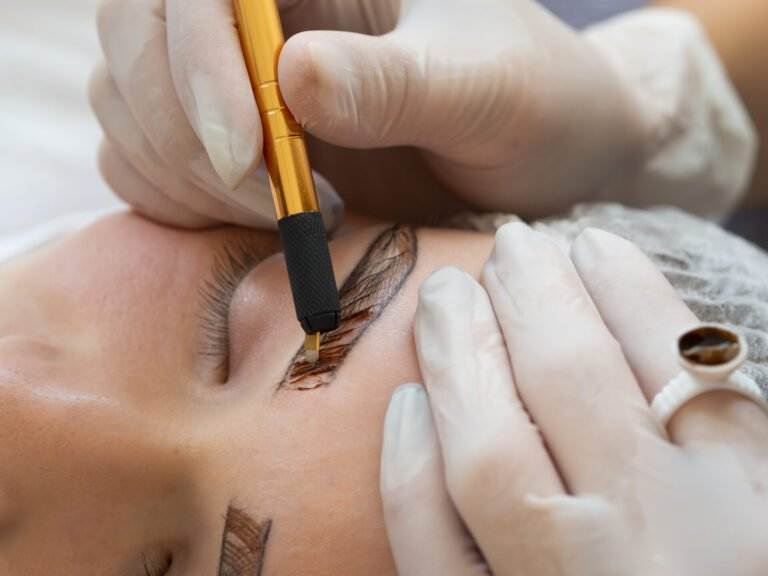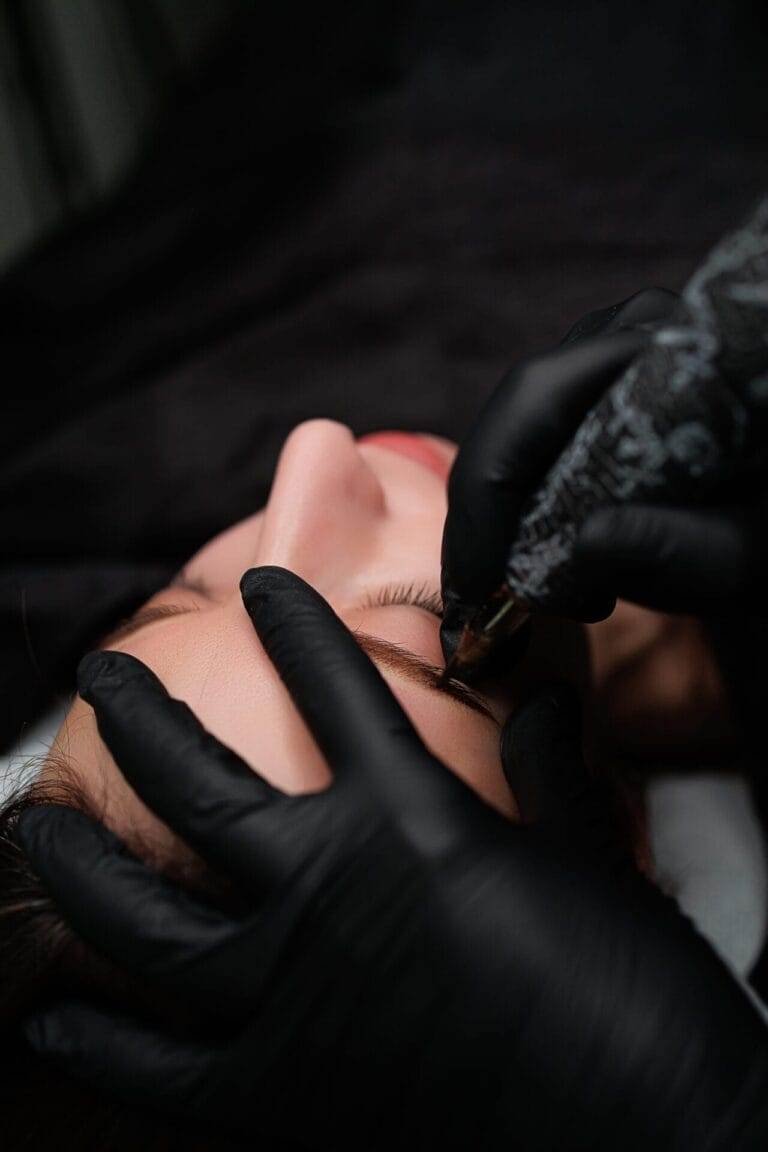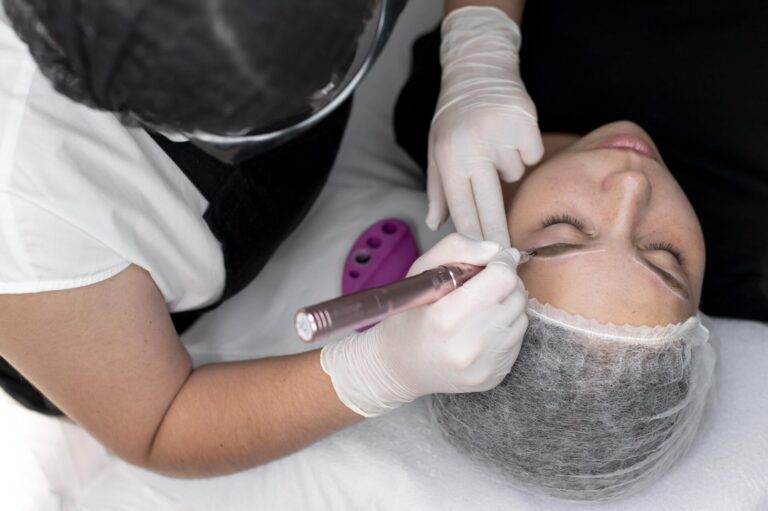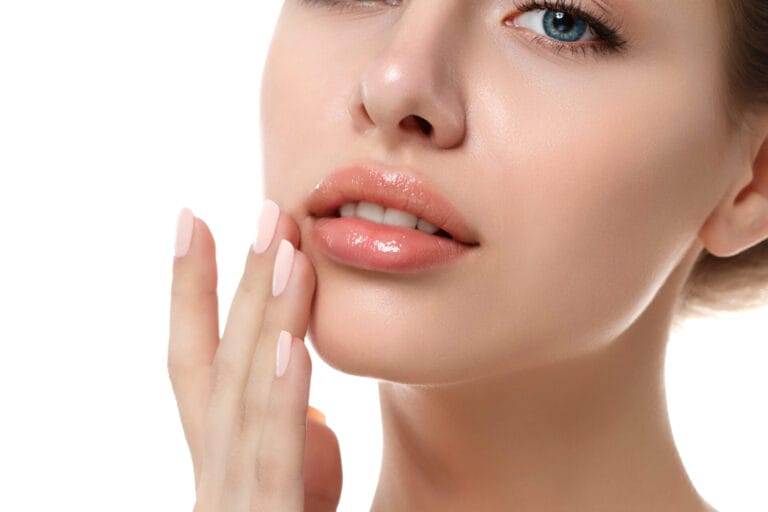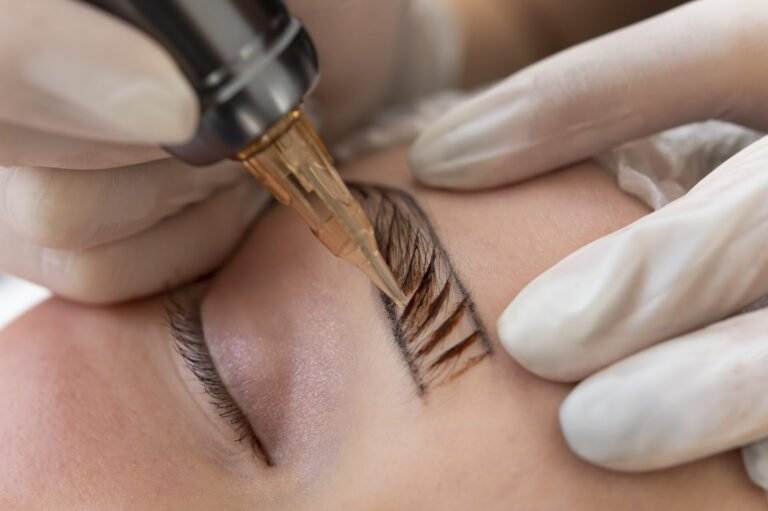In recent years, cosmetic tattooing has surged in popularity, offering individuals a chance to enhance their natural beauty without the daily hassle of makeup application. This growing trend not only appeals to those seeking a time-efficient beauty routine but also to people aiming to achieve semi-permanent looks that can boost their confidence. From everyday beauty enthusiasts to makeup artists, many are keen to explore the benefits and potential drawbacks of cosmetic tattooing.
The Allure of Effortless Beauty
Imagine waking up every morning with perfectly shaped eyebrows, defined eyeliner, and sun-kissed lips. For many, this is not just wishful thinking but a reality thanks to various cosmetic tattooing techniques. Personal experiences shared by individuals reveal a common sentiment: the freedom from continuously applying makeup is liberating. One individual recalled how, after undergoing microblading, she not only saved hours in her beauty routine but also felt more confident without makeup.
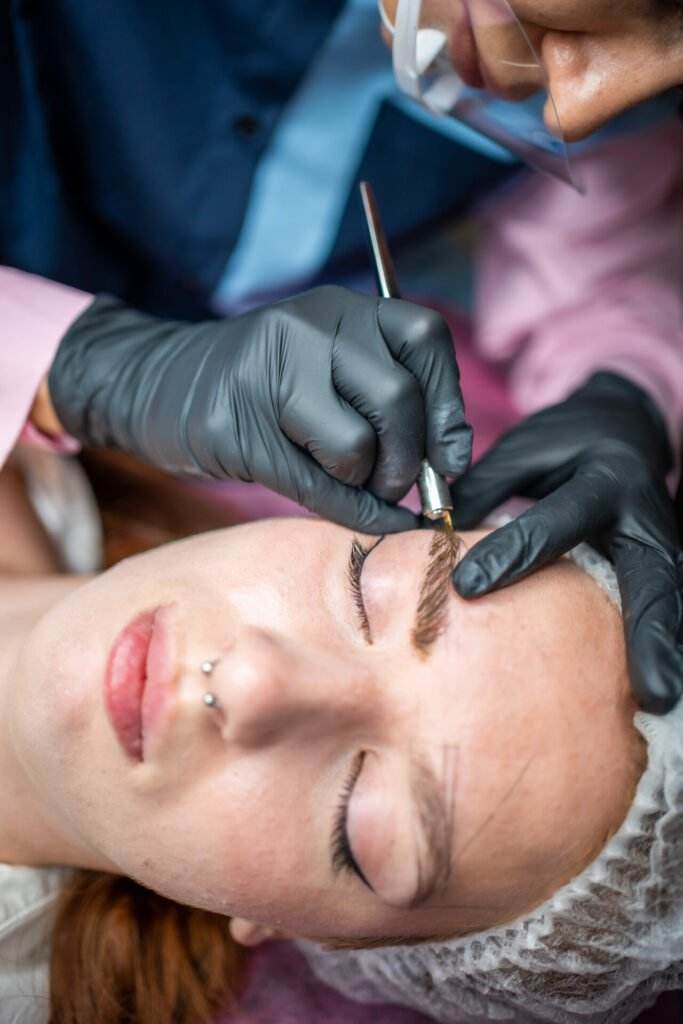
Understanding the Basics
While the idea of cosmetic tattooing may sound appealing, it is crucial to understand what it entails. Cosmetic tattooing involves using pigments to enhance facial features, and it encompasses a variety of techniques. Some of the most popular include:
- Microblading: A method for achieving natural-looking brows.
- Permanent Eyeliner: For perfectly defined eyes every day.
- Lip Blushing: Enhancing the natural color and shape of the lips.
As you embark on this beauty journey, it is essential to weigh both the advantages and potential risks associated with cosmetic tattooing. This article delves into the various aspects to consider, empowering readers to make informed decisions about their beauty choices.
Pros of Cosmetic Tattooing
One of the primary attractions of cosmetic tattooing lies in its numerous advantages. As more individuals consider this beauty solution, it’s worth exploring the most notable benefits that contribute to its rising popularity. Let’s dive into two significant pros: the allure of semi-permanent results and the time-saving nature of a streamlined beauty routine.
Semi-Permanent Results
The term “semi-permanent” might sound like an oxymoron, but it beautifully encapsulates the appeal of cosmetic tattooing. Unlike traditional makeup that washes off at the end of the day, cosmetic tattoos offer long-lasting enhancements, typically lasting anywhere from one to three years. This can be especially beneficial for those who struggle with applying makeup or maintaining their looks throughout the day. For example, one client shared her experience with eyebrow microblading: “I used to spend around 15 minutes every morning trying to fill in my eyebrows. Since getting my brows tattooed, I wake up with a flawless arch that doesn’t fade!” This kind of convenience is what attracts many to the world of cosmetic tattooing.
Time-Saving Beauty Routine
In today’s fast-paced world, time is of the essence. Individuals juggling work, family, and social commitments often find it challenging to dedicate time to their beauty routines. That’s where cosmetic tattooing comes to the rescue. With semi-permanent enhancements, people can reclaim those precious minutes spent in front of the mirror. Some of the time-saving features include:
- Instant Results: Achieve your desired look immediately without daily application.
- Reduced Maintenance: Spend less time on upkeep and more on enjoying life.
- Consistency: Say goodbye to smudged eyeliner and uneven brows; enjoy a polished look 24/7.
By eliminating or significantly reducing daily makeup routines, cosmetic tattooing allows individuals to focus on what truly matters while still feeling confident in their appearance.
Cons of Cosmetic Tattooing
While the benefits of cosmetic tattooing may shine brightly, it’s essential to shine a light on the potential drawbacks as well. Recognizing these cons can help individuals make informed decisions. Let’s explore two significant concerns: the risk of allergic reactions and the fading or discoloration that can occur over time.
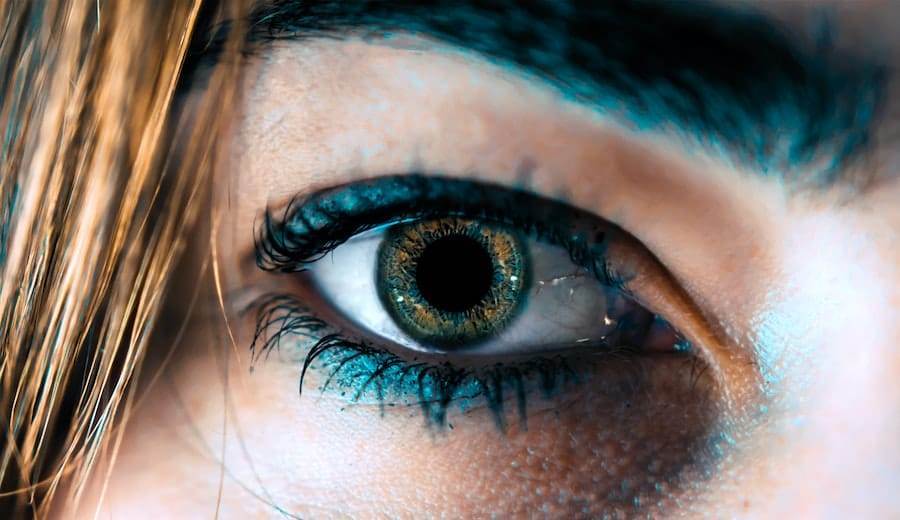
Potential Allergic Reactions
For many, the thought of cosmetic tattooing brings excitement about enhancing their beauty; however, it also poses a risk of allergic reactions. The pigments used in the tattooing process can trigger unpredictable responses in some individuals. This response could range from mild irritation to severe allergic reactions that may require medical attention. One individual shared her experience, stating, “I was thrilled to get my eyebrows microbladed but ended up with red, swollen skin after the procedure.” It’s vital to recognize that even if you consider yourself allergy-free, skin sensitivities can emerge unexpectedly. To minimize risks, individuals should:
- Conduct Patch Tests: Testing a small area of skin can reveal hidden sensitivities.
- Discuss Ingredients: Consult with the tattoo artist about the specific pigments and their potential for causing reactions.
- Seek Professional Advice: A dermatologist can provide insights and recommendations tailored to individual skin types.
Fading and Discoloration Over Time
Another important aspect to consider is the potential for fading and discoloration. Over time, even the finest cosmetic tattoos can lose their vibrancy, requiring touch-ups to maintain the desired appearance. Factors that contribute to fading include sun exposure, skin type, and the location of the tattoo. For example, a client remarked, “I loved my lip blush when I first got it, but after a year, it started fading to a shade I wasn’t happy with.” To mitigate fading, individuals can:
- Use Sunscreen: Protecting the area from UV rays can help preserve color.
- Follow Aftercare Instructions: Proper post-procedure care is essential for long-lasting results.
- Schedule Routine Touch-Ups: Regular appointments help maintain the vibrancy of the tattoo.
Understanding these potential downsides is crucial for anyone considering cosmetic tattooing, ensuring a well-rounded approach to beauty enhancement.
Factors to Consider Before Getting Cosmetic Tattooing
Choosing to undergo cosmetic tattooing can be an exciting journey toward enhancing one’s beauty. However, it’s essential to consider various factors before committing to the procedure. Two of the most critical components to evaluate are skin type and sensitivity, along with the skill and experience of the tattoo artist.
Skin Type and Sensitivity
Understanding your skin type is paramount when considering cosmetic tattooing. Different skin types react diversely to pigments, and knowing your skin can help tailor the procedure to your unique needs. For instance, individuals with sensitive skin or conditions like eczema may be more prone to irritation or allergic reactions after the procedure. One woman reflected on her experience by saying, “I didn’t realize how sensitive my skin was until I had a reaction after my eyebrow tattooing. The redness took weeks to fade!” To ensure a successful outcome, consider the following:
- Identify Your Skin Type: Oily, dry, combination, or sensitive—knowing your skin type can lead to informed decisions about procedure selection and aftercare.
- Consult Professionals: A discussion with a dermatologist or esthetician can provide insights into how your specific skin type may react to tattooing.
Skill and Experience of the Tattoo Artist
The skill and experience of the tattoo artist are pivotal to achieving the desired results and ensuring a safe experience. Not all artists are created equal, which means finding someone with the right level of expertise is crucial. One satisfied client noted, “Finding a talented artist who specializes in cosmetic tattooing made all the difference; the fine details in their work truly enhanced my features.” Here are some key points to ensure you choose the right artist:
- Check Portfolios: Examine before-and-after pictures of previous work, focusing on details that match your desired look.
- Read Reviews: Client testimonials can offer insight into the artist’s reliability and quality of work.
- Ask Questions: Inquire about the artist’s training, experience with different skin types, and approaches to aftercare.
By considering these factors, potential clients can set themselves up for a successful and satisfying cosmetic tattooing experience.
Different Types of Cosmetic Tattooing Techniques
With an array of options available, cosmetic tattooing provides diverse techniques suited to different preferences and facial features. Among the most popular procedures are microblading and permanent eyeliner, each offering unique benefits and aesthetics. Let’s explore these two methods in detail.
Microblading
Microblading has become a go-to solution for achieving perfectly shaped eyebrows that look natural and full. This technique involves using a handheld tool with fine blades to create hair-like strokes in the skin, depositing pigment that mimics the appearance of natural brow hairs. The results can last anywhere from 1 to 3 years, depending on various factors such as skin type and aftercare. A happy client shared her experience: “Before microblading, my eyebrows were sparse and uneven. Now, I wake up every morning feeling fierce with my defined brows!” Such transformations emphasize the confidence boost that microblading can provide. When considering this technique, keep the following in mind:
- Natural Look: This technique allows for a realistic and soft finish, tailored to the individual’s unique brow shape.
- Consultation is Key: A thorough consultation helps ensure the right shape and color to complement your features.
- Pain Level: While there may be some discomfort during the procedure, numbing creams are typically applied for a more pleasant experience.
Permanent Eyeliner
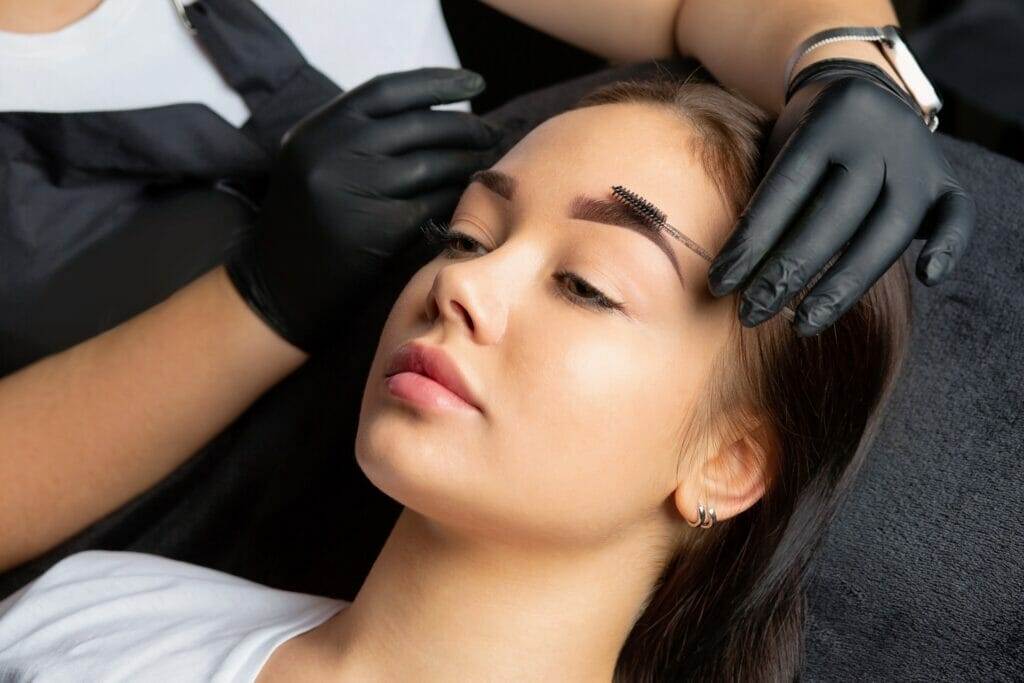
Permanent eyeliner is another popular technique that offers a stunning enhancement for the eyes. This procedure involves tattooing a line along the lash line to create the illusion of fuller lashes or to define the shape of the eye. Many clients appreciate the convenience of waking up with perfectly lined eyes every day. One individual noted, “I’ve always loved eyeliner but hated the hassle of applying it daily. Permanent eyeliner has given me a polished look with zero effort!” To consider this option, here are a few things to keep in mind:
- Customization: Artists can customize thickness, color, and style to match each client’s preferences.
- Longevity: Depending on the type of pigment and maintenance, permanent eyeliner can last several years, making it a worthwhile investment for many.
- Aftercare Importance: Proper aftercare is essential to prevent infection and ensure the best results.
Both microblading and permanent eyeliner offer exciting opportunities to enhance personal beauty without the need for daily makeup application. By choosing the technique that resonates most with individual preferences, clients can enjoy the benefits of cosmetic tattooing for years to come.
Aftercare Tips for Cosmetic Tattooing
After investing time and effort into cosmetic tattooing, proper aftercare is crucial for ensuring long-lasting and vibrant results. A little attention following the procedure can make a significant difference in how the tattoo heals and appears over time. Among the key aspects to consider are avoiding sun exposure and ensuring proper healing and maintenance.
Avoiding Sun Exposure
Sun exposure can be detrimental to cosmetic tattoos, causing the pigments to fade and leading to uneven coloration. This risk is particularly high during the healing phase immediately following the procedure, when the skin is sensitive and more susceptible to damage. A client shared her experience: “After getting my eyebrows microbladed, I made it a point to stay out of the sun, and it really paid off! My brows look vibrant and fresh.” Here are some tips to shield your new tattoo from UV rays:
- Wear Sunscreen: Opt for a high SPF sunscreen on the tattooed area when going outdoors, even on cloudy days.
- Use a Hat or Sunglasses: A wide-brimmed hat or oversized sunglasses can provide additional protection from direct sunlight.
- Avoid Tanning Beds: Any artificial tanning can fade the pigment and irritate the sensitive skin post-procedure.
Proper Healing and Maintenance
Ensuring proper healing is essential not only for the cosmetic outcome but also for the health of the skin. Proper care can prevent infections and complications, allowing the tattoo to heal beautifully. Clients often report that following aftercare guidelines greatly influences their satisfaction with the results. Consider these aftercare practices:
- Keep It Clean: Gently cleanse the area with mild soap and water, avoiding heavy scrubs or exfoliants.
- Moisturize: Use an approved healing ointment to keep the area hydrated, preventing scabbing and dryness.
- Avoid Makeup: Refrain from applying makeup on the tattooed area during the initial healing period to minimize the risk of irritation or infection.
Additionally, regular touch-ups may be necessary to keep your cosmetic tattoos looking fresh and vibrant. Clients should consult with their tattoo artist about the best maintenance schedule tailored to their specific needs. By adhering to these aftercare tips, individuals can ensure that their cosmetic tattooing experience is a success, leading to beautiful and lasting results that enhance their natural beauty.
Cost Comparison with Traditional Beauty Procedures
When considering cosmetic tattooing, it’s essential to evaluate the financial aspect, particularly when comparing it to traditional beauty procedures. While the upfront investment in cosmetic tattooing may seem significant, understanding the long-term savings can change your perspective. Let’s break down the costs and see how they stack up against conventional beauty routines.
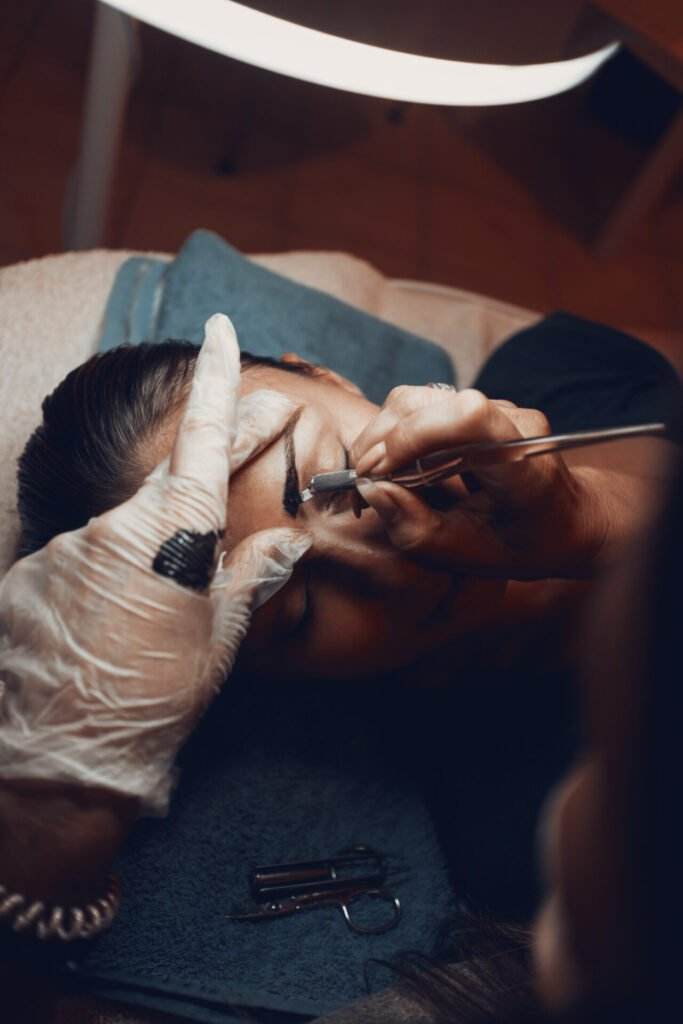
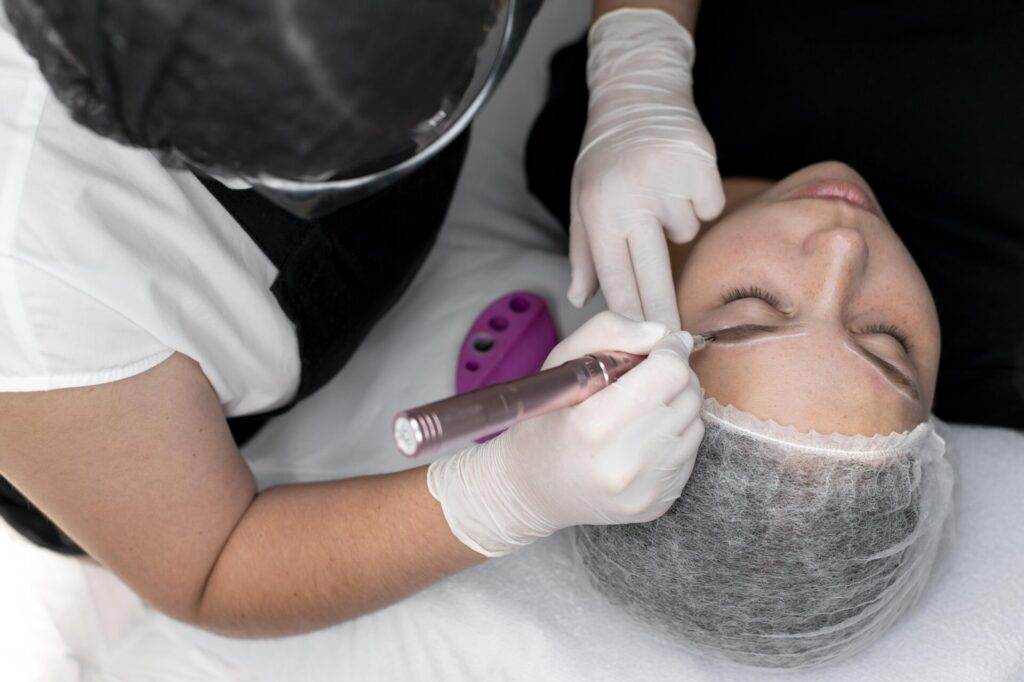
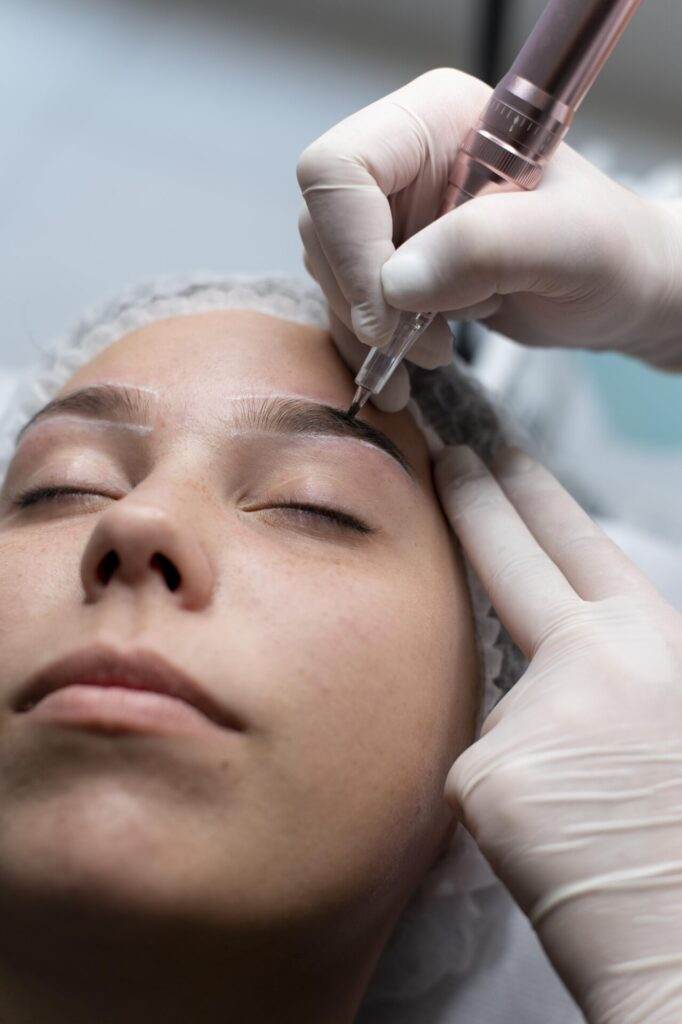
Understanding Initial Costs
Cosmetic tattooing procedures, such as microblading and permanent eyeliner, typically range from $300 to $800 depending on the artist’s experience, technique used, and location. For many, this initial investment can feel daunting. However, it’s important to remember that these procedures offer results that last from one to three years, reducing the need for daily makeup purchases. In contrast, traditional beauty methods can accumulate significant ongoing costs. Consider the following:
- Monthly Makeup Expenses: Frequent purchases of brow pencils, eyeliners, and lipsticks can add up quickly, often totaling $50 to $100 each month.
- Regular Salon Visits: Frequent salon visits for waxing or eyebrow shaping can reach anywhere from $15 to $50 per session, depending on personal grooming habits.
Long-Term Savings with Cosmetic Tattooing
Despite the higher upfront costs associated with cosmetic tattooing, the long-term savings can be substantial. Here’s how the math often works out:
- Yearly Savings: If someone spends an average of $600 annually on makeup and $300 on grooming, the total comes to about $900 per year. With cosmetic tattooing, if the treatment lasts for two years, that’s just $400–$800 every two years, resulting in a significant saving.
- Touch-Up Costs: While touch-ups may be necessary, they are typically less frequent than monthly purchases for makeup and might cost significantly less than the combined yearly expenses of traditional beauty routines.
Ultimately, while cosmetic tattooing may require an initial financial commitment, it can lead to substantial savings over time, all while providing a consistently polished look. Understanding these costs can make a world of difference for those considering this beauty enhancement.

